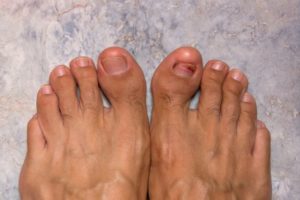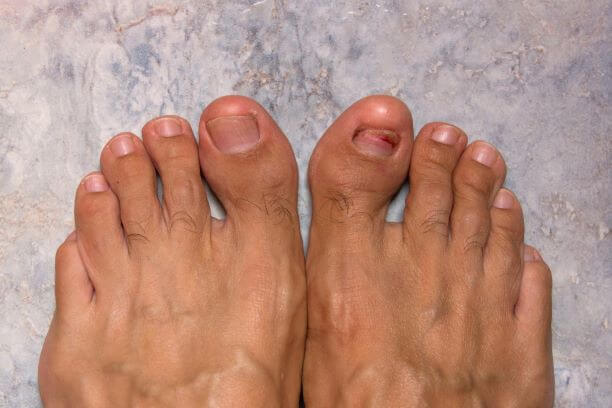What Is Hammertoe? The Causes and Symptoms
Did you know that foot pain has impacted an estimated 77 percent of Americans?
While foot pain can happen due to problems like fractures, bone spurs, and arthritis, another common cause is hammertoe. This condition causes a deformity that often occurs in your second toe. If left untreated, hammertoe can lead to issues that make wearing shoes and walking difficult.
So what causes hammertoe and what are all the symptoms? Read on to learn all about this condition so that you can decide if you should seek treatment from a foot specialist.
What Does Having Hammertoe Involve?
When you have hammertoe, this means that your second, third or fourth toe has a deformity that makes the middle joint look bent downward. So, your toe no longer sits flat and instead somewhat resembles the head of a hammer, hence the name of the condition.
Hammertoe is a progressive condition. This means that at first you may be able to readjust your toe to a more normal position. But over time, it becomes a fixed problem where your toe stays stiff.
What Causes Hammertoe?
Hammertoe deformity can often happen simply due to wearing poor-fitting shoes or having too much pressure on your toe.
It can also happen due to having toe bones that are too long or foot muscles that are weak. For example, issues with your muscles and tendons can cause problems with your toe structure over time.
In other cases, a foot injury can cause hammertoe. Conditions like arthritis and your genetics can also play a part.
Having certain risk factors can also make it more likely for you to develop hammertoe. For example, it happens most commonly to women and older individuals. Having a long second toe can also contribute to getting hammertoe.
What Are the Symptoms?
One of the most common symptoms of hammertoe is seeing the bend in your toe that’s associated with the condition. This bend may be slight at first and increase over time.
You’ll also start noticing some irritation or pain on the toe whenever you have shoes on. Generally, the tighter the shoe, the more intense the irritation or pain will be. You may also notice that the toe looks red or feels like it’s burning.
Over time, friction can cause you to develop calluses and corns on the affected toe as well as neighboring areas on your foot. This can lead to further foot pain that makes walking even more difficult.
Get Treated for Hammertoe Today
If you think you have hammertoe after learning about the symptoms, come get checked out at our foot and ankle center. We can use a physical examination and x-rays to look at your feet and determine whether you have hammertoe.
We might recommend that you try wearing roomier shoes that cause less irritation. We also have some toe exercises that you could try to help your foot muscles. We might also recommend surgery if your hammertoe is severe or if you get no relief with other treatments.
Be sure to schedule an appointment with us today!
The information provided in this article is not meant to be medical advice and is for educational purposes only. If you would like to learn more about topics related to podiatry, feel free to contact Family Foot & Ankle Centers by clicking here or calling 972-597-4132 to reach our Waxahachie office, 903-872-9910 to reach our Corsicana office, or 972-875-3668 to reach our Ennis office.



